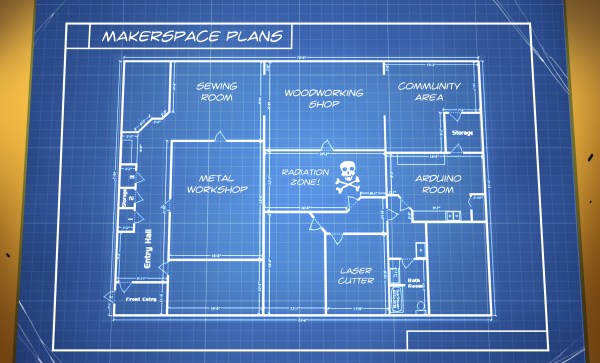[sholnkin] is tasked with teaching a kindergarten class how to play a musical instrument. No, not those cheap plastic recorders. [shlonkin] is teaching kindergarteners how to play the only instrument that both blows and sucks: the harmonica.
Unlike a classroom of kids with plastic recorders, where the fingering is either right or it isn’t, [shlonkin] needs to teach kids to put their mouth over the right hole, and suck or blow to produce a note. The classroom has a poster laying out the notes on the harmonica, but they needed something better. [shlonkin] envisioned a large illuminated sign that lit up in different colors, and could play the displayed notes with a speaker.
The high-level design for this project includes a Teensy 3.2 with the Audio Adapter breakout driving a small audio amp. The Teensy also controls a bunch of LEDs mounted inside a wooden case. The layout of these LEDs went surprisingly well, and it’s rare to find a backlit panel that is lit this evenly.
As a classroom musical teaching aid, this type of device has been around for decades – deep in the recesses of band rooms in schools across the world, you can find old Wurlitzer pianos with devices that aren’t much different from this simple device. It’s a pedagogical method that worked back then, and should work now.








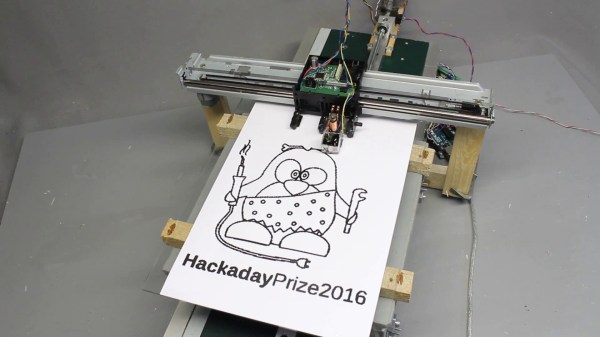
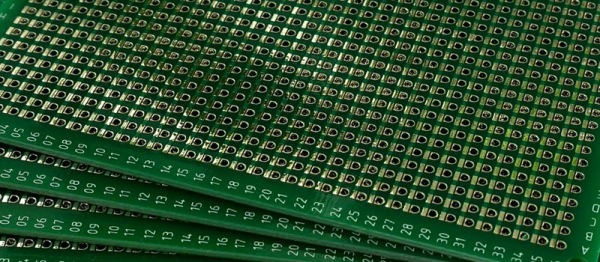
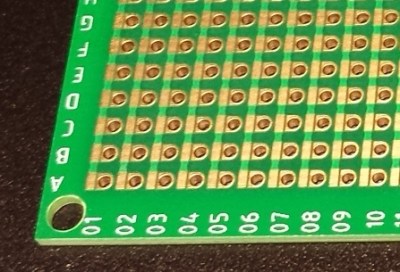

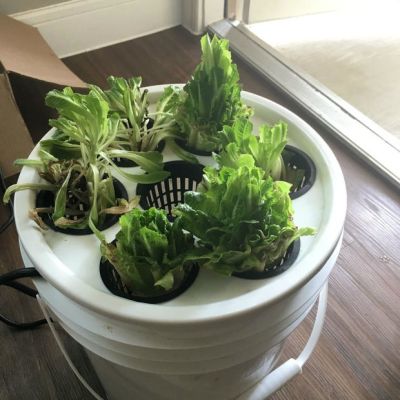 This phenomenon caught the attention of [Evandromiami], who
This phenomenon caught the attention of [Evandromiami], who 